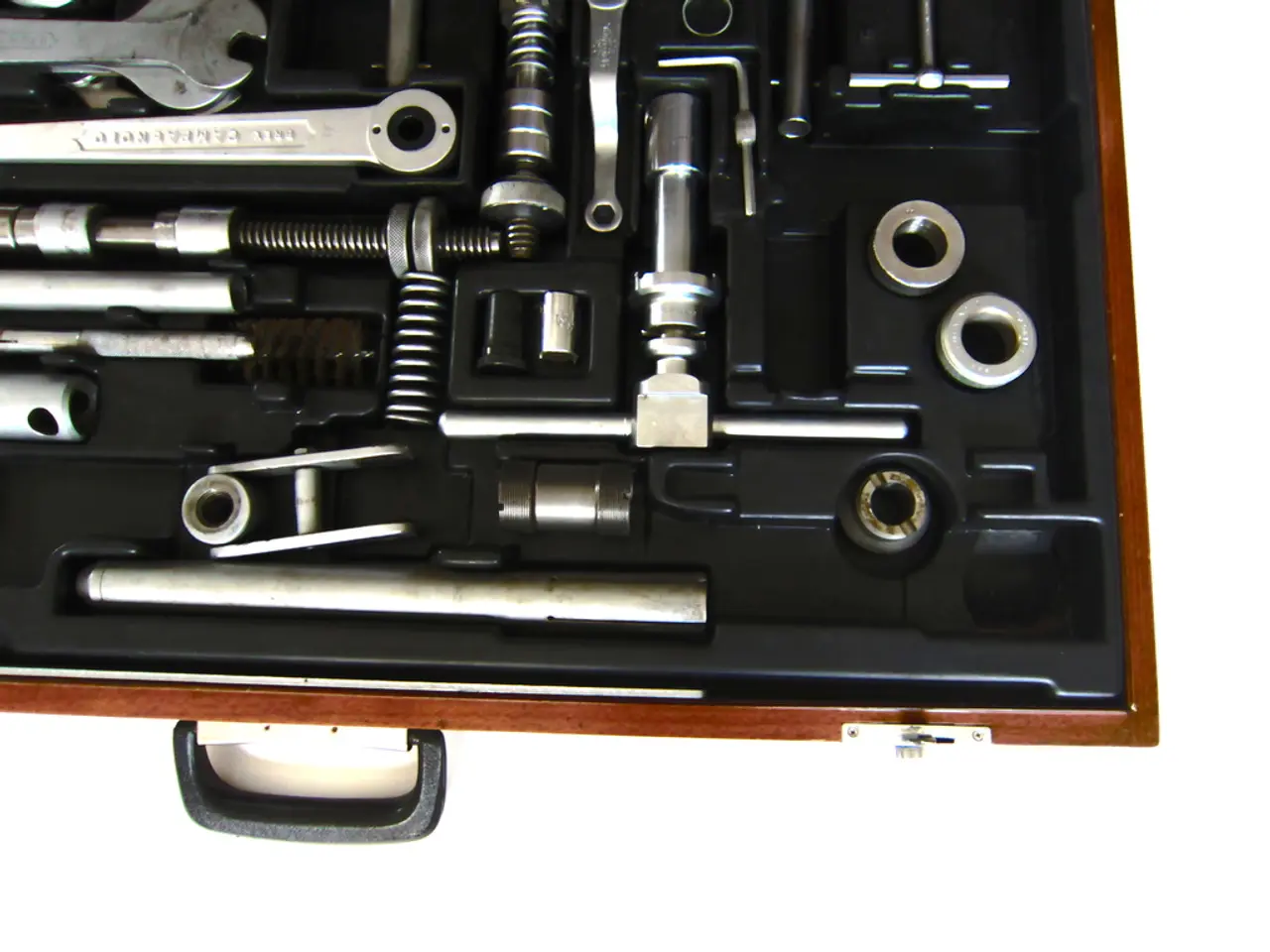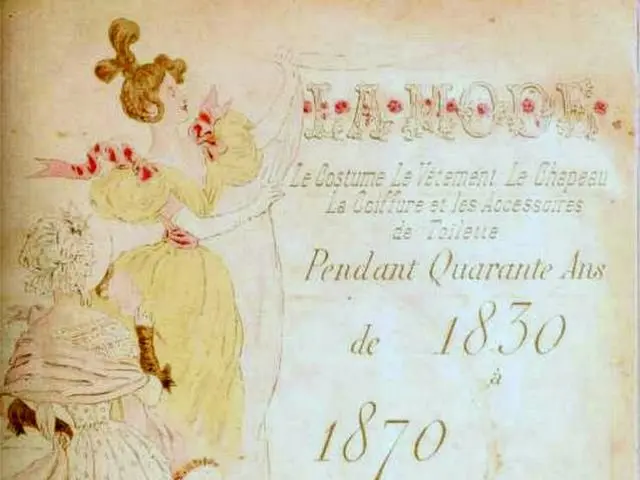Speeded-up Production Process for Viral Carriers
In the rapidly evolving field of gene therapy, a significant challenge has long been the purification and separation of adeno-associated virus (AAV) vectors, a crucial component in the development of this cutting-edge modality for treating genetic disorders. However, recent advancements have made strides in overcoming this hurdle.
Companies and research groups, including Biogen, Pfizer, Novartis, Genentech, academic labs at the University of California, and Massachusetts Institute of Technology, have been at the forefront of developing high-throughput downstream purification technology for AAV vectors. This technological leap has the potential to revolutionise the gene therapy industry.
One of the key benefits of high-throughput purification technologies is the reduction in feed requirements by five to ten times, making for a more efficient use of material. These advancements have been made possible through the implementation of automated column handling systems and the use of robotics and automation in scaling throughput for AAV purifications to over 100 per week.
Manual bottlenecks have been minimised, reducing operator variability, and robotic liquid handling has been implemented for sample preparation. At-line analytical tools, such as those generating rapid readouts of product quality, including UV absorbance ratios (260/280 nm) for nucleic acid to protein content, have also been integrated into the platform.
Size exclusion chromatography with multi-angle static light scattering (SEC-MALS) is used for size distribution, aggregation, and titer measurement, while mass photometry is employed for percent full determination. These tools ensure consistent product quality and support robust process understanding.
The high-throughput downstream development platform for viral vectors also enables rapid process characterisation and optimisation, significantly reducing development timelines. The implementation of a centralised scheduling framework further coordinates all automated processes, ensuring smooth and efficient operation.
However, it's important to note that development cost and timelines remain major challenges in the development of gene therapy. The high-throughput platform aims to address these issues by streamlining the purification process, thereby reducing costs and accelerating the pace of innovation in gene therapy.
In conclusion, the high-throughput downstream purification platform for AAV vectors represents a significant step forward in the field of gene therapy. By addressing long-standing challenges in the purification process, this platform has the potential to accelerate the development and deployment of gene therapy treatments for genetic disorders.
Read also:
- Americans Lose Insurance Under New Tax Legislation, Affecting 10 Million Citizens
- Quick Solution: Eliminating Acne Redness: A Handy Guide for You
- Postpartum Hemorrhagic Hypopituitarism: Understanding its Causes, Symptoms, and Treatments; Focus on Sheehan Syndrome.
- Bee colonies in Zirndorf city have been impacted by American foulbrood - a restricted area has been established. The public is assured that this situation doesn't pose a threat to citizens.







